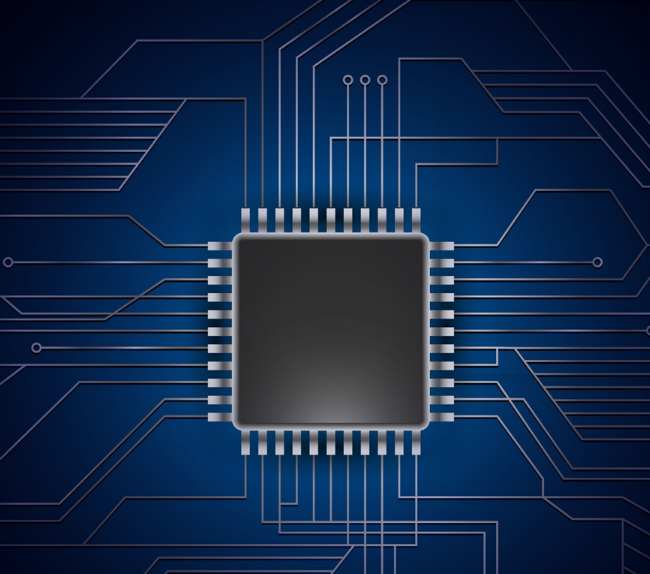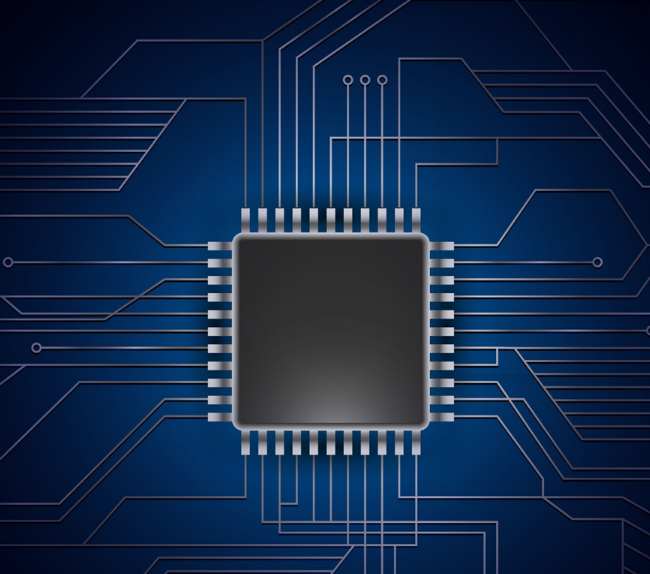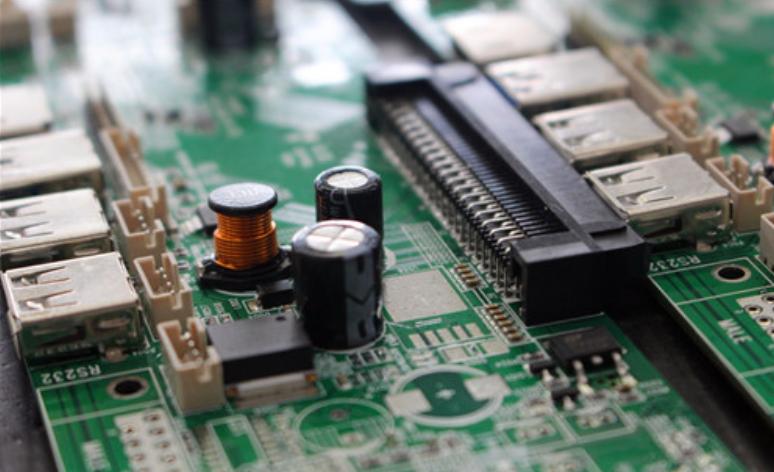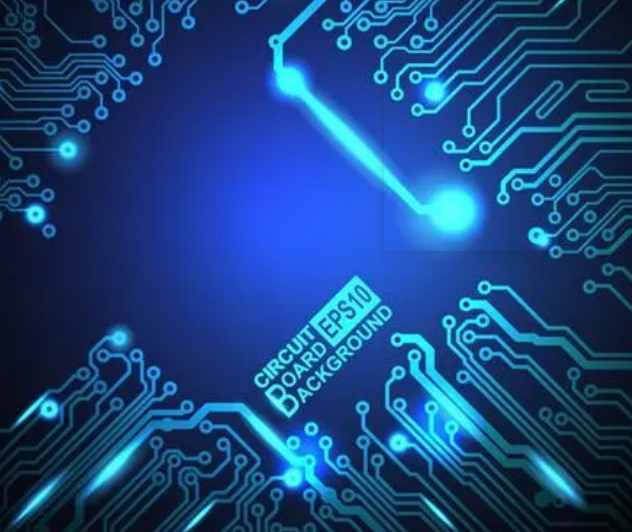
In the design of PCB electromagnetic compatibility, the main problem that needs attention is the interference problem of power supply and ground. Therefore, in order to solve the problem effectively, it is necessary to analyze the interference caused by power supply and grounding in PCB electromagnetic compatible design.
1. Interference analysis of power supply in PCB electromagnetic compatibility design
The electronic circuit needs to pass through the power circuit to connect to the grid, so the noise generated by the grid can be used to interfere with the electronic circuit. In the actual design of printed circuit board, the formation of power supply noise is mainly caused by the electromagnetic compatibility problem generated by the power supply, which is manifested in the following three aspects: First, simulators, digital devices, digital and analog hybrid devices are widely used in electronic products. However, in the practical application of these devices, the power supply voltage and ground level in the circuit board will fluctuate, and then the signal waveform will produce attenuation shock or peak overrush, so that the IC circuit noise tolerance will decrease, resulting in errors in the working line. Secondly, the main power supply system of many electronic circuits is through AC transformer, and then rectifier, filtering and voltage regulation, then the main transmission path of the noise of the power supply is the coupling of the transformer. Finally, because there is resistance in the power line itself, when the power supply problems, such as: power failure, overvoltage, undervoltage and other failures, these problems will form noise interference, then, these interference is mostly slow change, this form is the formation of slow change interference in the power supply.

2. Interference analysis of grounding in PCB electromagnetic compatibility design
In EMC design, ground wire can not only be a signal low impedance loop, but also the equipotential point in the potential reference point. But ground wires are not constant potentials, and in ground wires, the most interference that exists is caused by the current in the ground loop, namely ground loop interference. The low impedance path of signal back flow source is an essential problem in interference ground wires. Because the ground generated by the impedance is not zero, so that the ground points form a potential difference, resulting in the circuit of the working line error, resulting in ground interference. The impedance phenomenon of ground wire is generated through the inductance of wire. If the frequency of its operation is higher, the impedance generated will be greater. These phenomena are also important reasons for electromagnetic interference problems. It can be seen that if we want to reduce these interference problems effectively, we should focus on reducing the impedance of the ground wire, which is very important for the whole digital circuit.
Ground loop interference phenomenon, because of its ground impedance, so, when the large current flows through the ground wire, it will form a relatively large potential difference. For example: in two relatively large power electrical appliances, because the circuit is not balanced, the current of different wires is not the same, so that the differential mode voltage generation, the formation of loop interference. When multiple circuits jointly use the same ground wire, the formation of ground potential in one circuit will limit the working current of another circuit to some extent due to the influence of ground impedance. Then, the signal generated by one circuit can also be coupled to another circuit to interfere with the common impedance.
With the rapid development of electronic technology, electronic products tend to be more and more high-speed, broadband, high sensitivity, high density and miniaturization. This trend leads to the electromagnetic compatibility (EMC) problem in circuit board design, especially the electromagnetic interference (EMI) problem of power supply and ground wire, which has become an urgent technical problem and system engineering to be solved in electromagnetic compatibility design.
1. Influence of power supply and grounding in electromagnetic compatibility
Electromagnetic compatibility (EMC) refers to the ability of a device or system to function properly in its electromagnetic environment without creating unbearable electromagnetic interference with anything in the environment. Electromagnetic compatibility includes three elements: interference source, coupling path and sensitive body. With the development of electronic products in the digital age, especially in the high-speed design, the electromagnetic radiation of electronic products is aggravated by digital circuits. At the same time, the crosstalk problem and capacitive coupling between signal lines are also greatly increased. This interference is mainly caused by the pollution of the power grid noise and the impedance mismatch of the ground wire, including the power noise from the transformer, the electromagnetic radiation caused by the transient voltage of the power bus, the interference voltage caused by the grounding system deviating from the zero potential, the ground wire noise at the beginning and end of the transmission line. Therefore, in the anti-jamming countermeasures of digital electronic equipment, power supply noise and ground impedance become the main object of electromagnetic interference research, reasonable design and layout of power supply and ground wire become the key way to solve EMC problems.
2. Interference analysis of power supply and ground in electromagnetic compatibility
2.1 Analysis of power interference
Since the electronic circuit is connected to the grid through the power supply circuit, the noise from the grid can interfere with the electronic circuit through the power supply circuit. In circuit board design, the EMC problem caused by power supply is mainly power supply noise, which is mainly manifested in the following three aspects:
(1) A large number of electronic products are used in digital devices, simulators and digital analog hybrid devices, such as DSP chips, cpus, dynamic RAM, D/A converters and other digital logic devices. When they work, they will cause power supply voltage and ground level fluctuations in the circuit board, resulting in signal waveform peak overshooting or attenuation shock. The noise tolerance of IC circuit decreases, thus causing misoperation.
(2) The power supply system of most electronic circuits adopts AC transformer → rectifier → filter → voltage regulator, so the coupling of transformer becomes the main way of power noise propagation. The primary coil of transformer has distributed capacitance, usually up to several hundred pF, and has very low impedance to high-frequency noise. The high-frequency peak pulse of power grid can pass through the transformer and generate power supply noise.
(3) Due to the existence of resistance in the transmission line, when the power supply overvoltage, undervoltage, power failure and other faults can produce noise interference, these interference is often slow change, known as the slow change of power supply interference.






